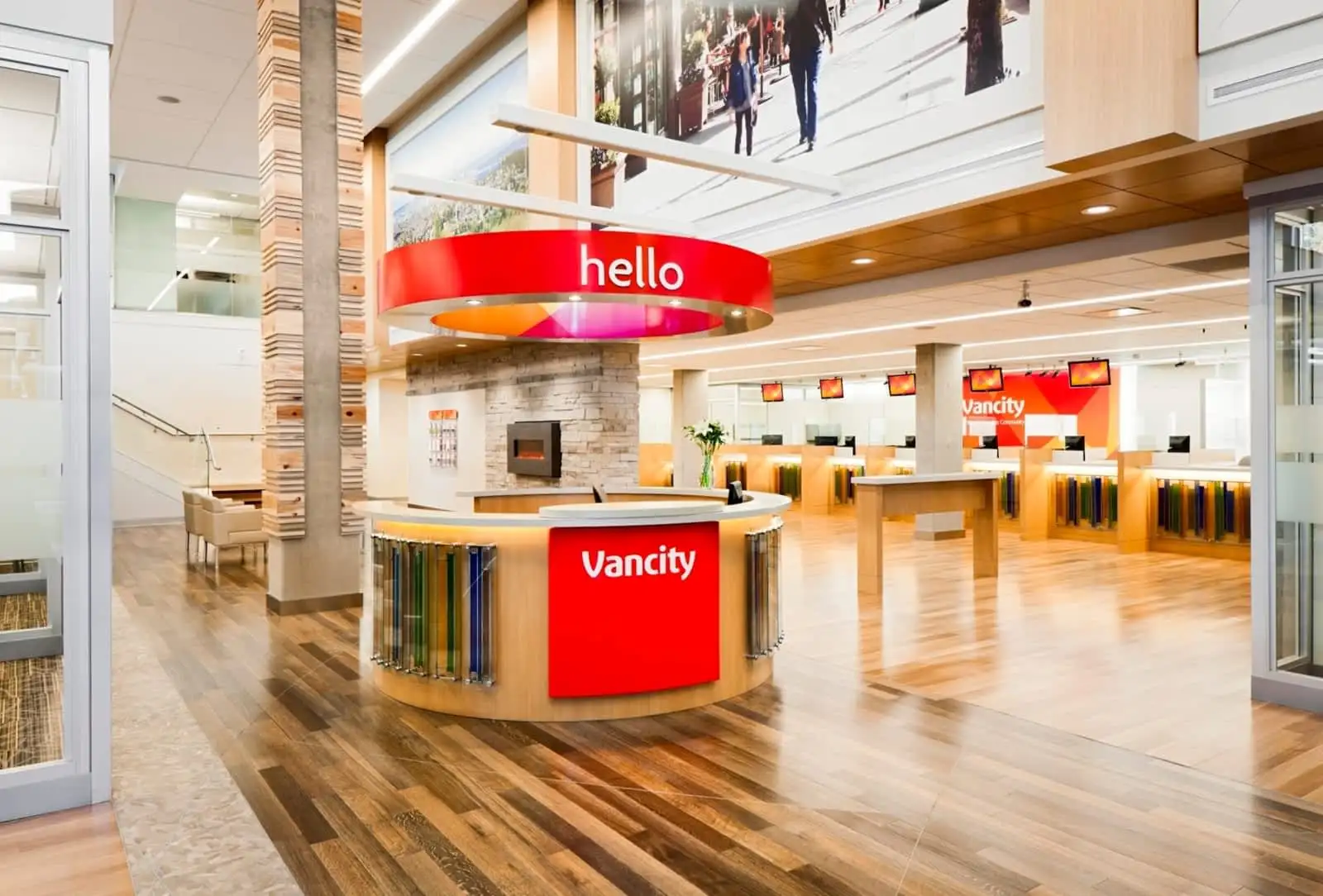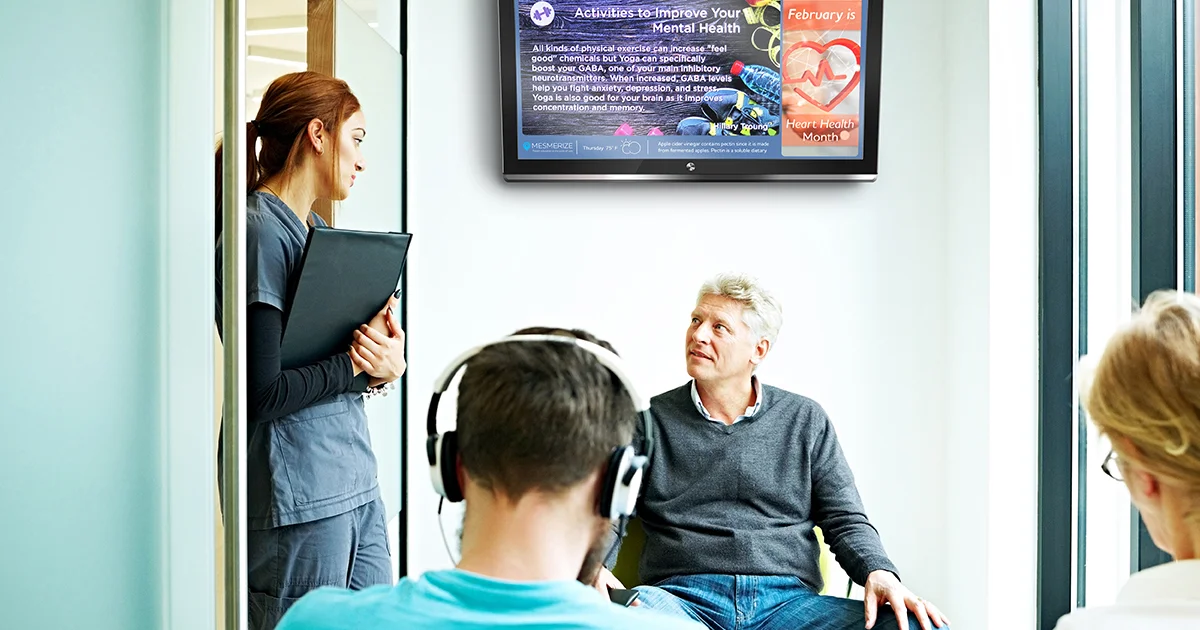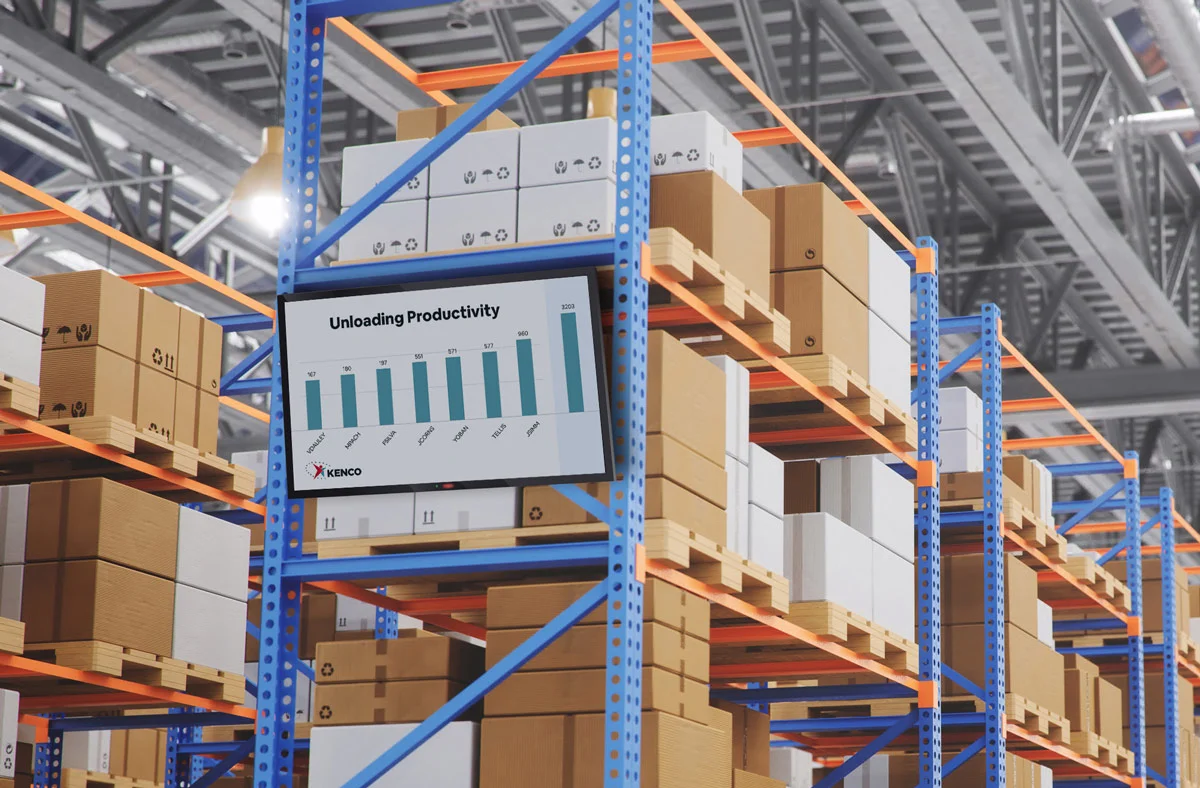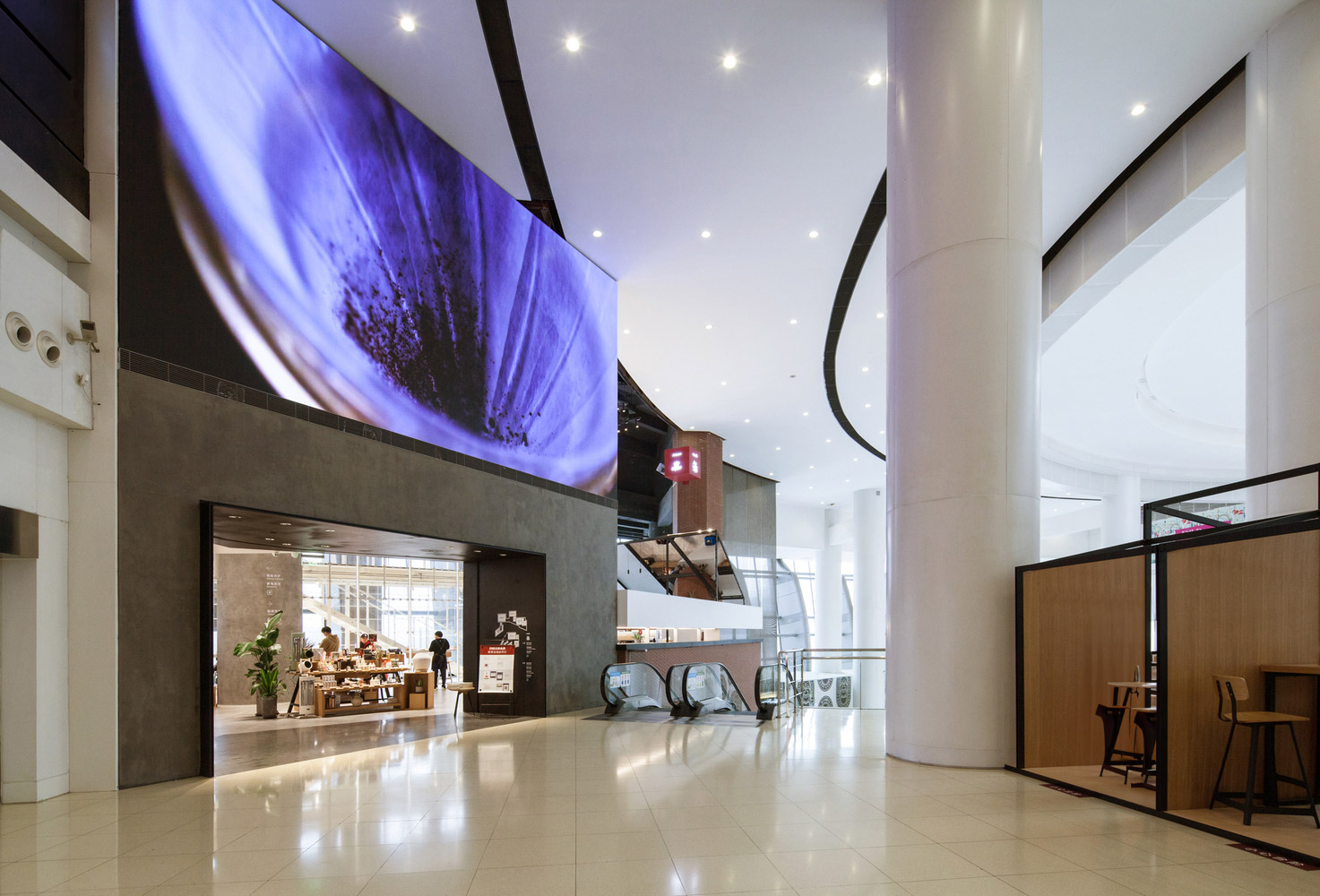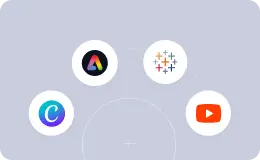Digital Signage Apps Transforming Healthcare Facilities
WRITTEN BY: TelemetryTV, 03-11-2025

In modern healthcare environments—from hospitals and clinics to doctor offices and pharmacies—digital signage apps are emerging as indispensable tools. By transforming traditional static displays into dynamic communication channels, these apps improve patient engagement, streamline internal communications, and boost operational efficiency. In North America, where hospitals increasingly adopt digital innovations, the evolution of digital signage is reshaping the patient experience and operational workflows alike.
Overview of Digital Signage in Healthcare
Digital signage in healthcare is more than a modern convenience; it’s a vital component of the information ecosystem. In busy hospitals and clinics, digital displays replace outdated bulletin boards, offering real-time updates on patient wait times, safety alerts, and educational content. Recent studies indicate that nearly 70% of U.S. hospitals have implemented some form of digital communication system, while North America accounts for roughly 41.8% of the global market share for digital signage solutions. This trend reflects the growing demand for technologies that can deliver instant, accurate information to both patients and staff.
The evolution is driven by several factors:
• Patient Expectations: Today’s patients, accustomed to digital interfaces, expect timely updates and interactive experiences even in medical settings.
• Operational Efficiency: Healthcare facilities require efficient systems that manage high volumes of information across multiple endpoints.
• Technological Advancements: Innovations such as cloud-based management, IoT connectivity, and bespoke digital signage apps enable a sophisticated communication experience.
Key Benefits of Digital Signage Apps
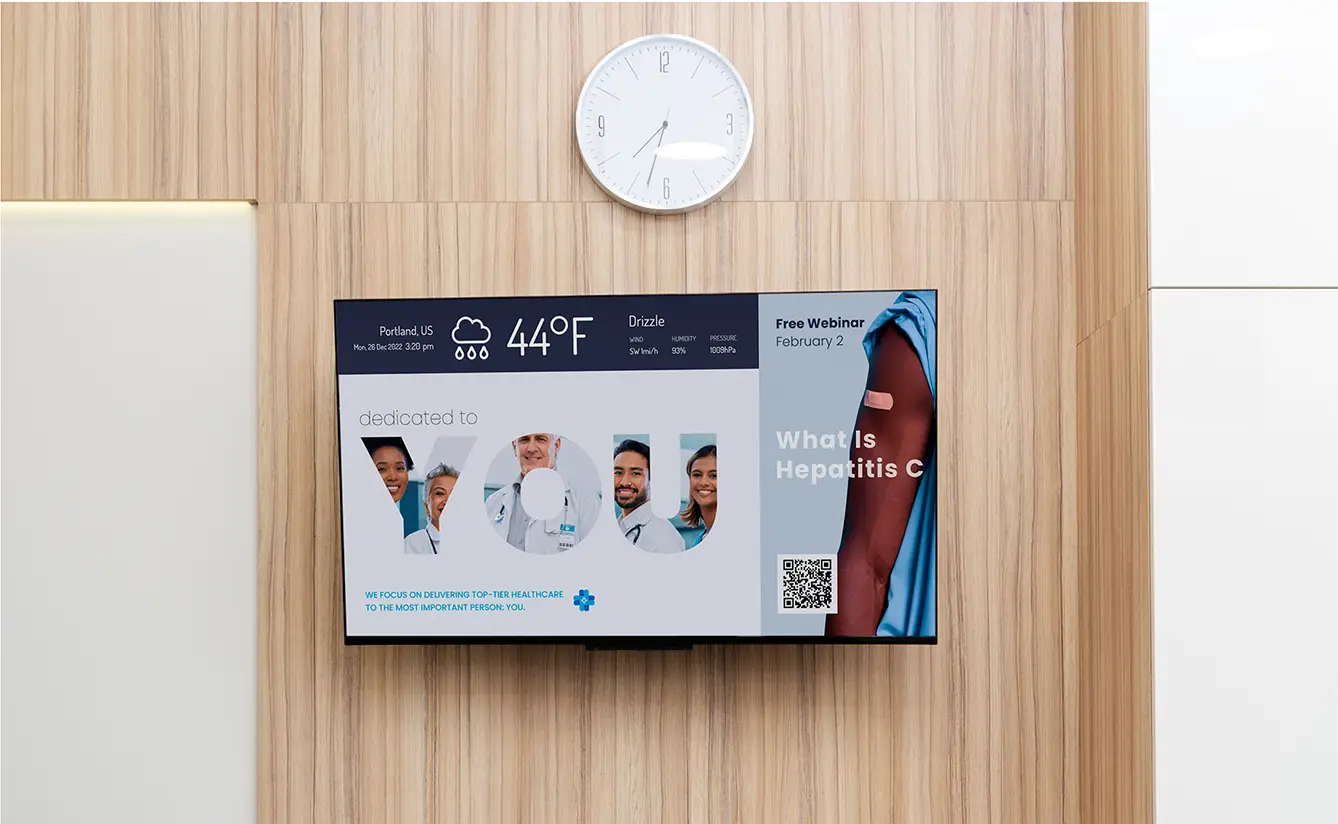
Patient Engagement and Education
Digital signage apps transform waiting areas and lobbies into informative spaces. By displaying health tips, procedural information, and wellness advice, these apps help patients understand their care processes and feel more at ease. Studies have shown that engaging content can reduce perceived wait times by 30–35%, leading to higher patient satisfaction. Hospitals now use digital screens to broadcast preventive care tips, display health news and updates, and offer interactive educational modules, sometimes tailored to specific departments.
This dynamic mode of communication not only informs patients but also empowers them to take an active role in their healthcare journey.
Wayfinding and Navigation
Large healthcare facilities can be confusing to navigate. Digital signage apps simplify wayfinding by providing interactive maps and directories. Visitors can use touch-screen kiosks to locate departments, clinics, or specific offices with ease. This reduces the burden on administrative staff and enhances the overall visitor experience. For instance, interactive digital directories have become standard in many hospitals, directing patients efficiently from entry points to their destinations.
Real-Time Communication & Emergency Alerts
In the event of an emergency, every second counts. Digital signage apps enable hospitals to disseminate urgent messages immediately. Whether it’s a critical safety alert, a sudden shift in operational protocols, or real-time updates on emergencies, these apps ensure that crucial information reaches everyone at once. About 50% of U.S. hospitals have integrated digital signage with emergency alert systems, allowing for rapid message overrides that can display real-time safety information across the entire facility.
Internal Communication & Workflow Efficiency
Digital signage isn’t solely for patient-facing information—it also plays a critical role in internal communications. Healthcare facilities use digital displays to share real-time performance dashboards (such as patient flow or emergency department metrics), broadcast staff updates and training reminders, and display recognition messages and operational KPIs. By linking digital signage with hospital IT systems, facilities can ensure that every member of the staff is informed, reducing miscommunication and improving workflow efficiency.
Technical Underpinnings of Advanced Digital Signage Apps
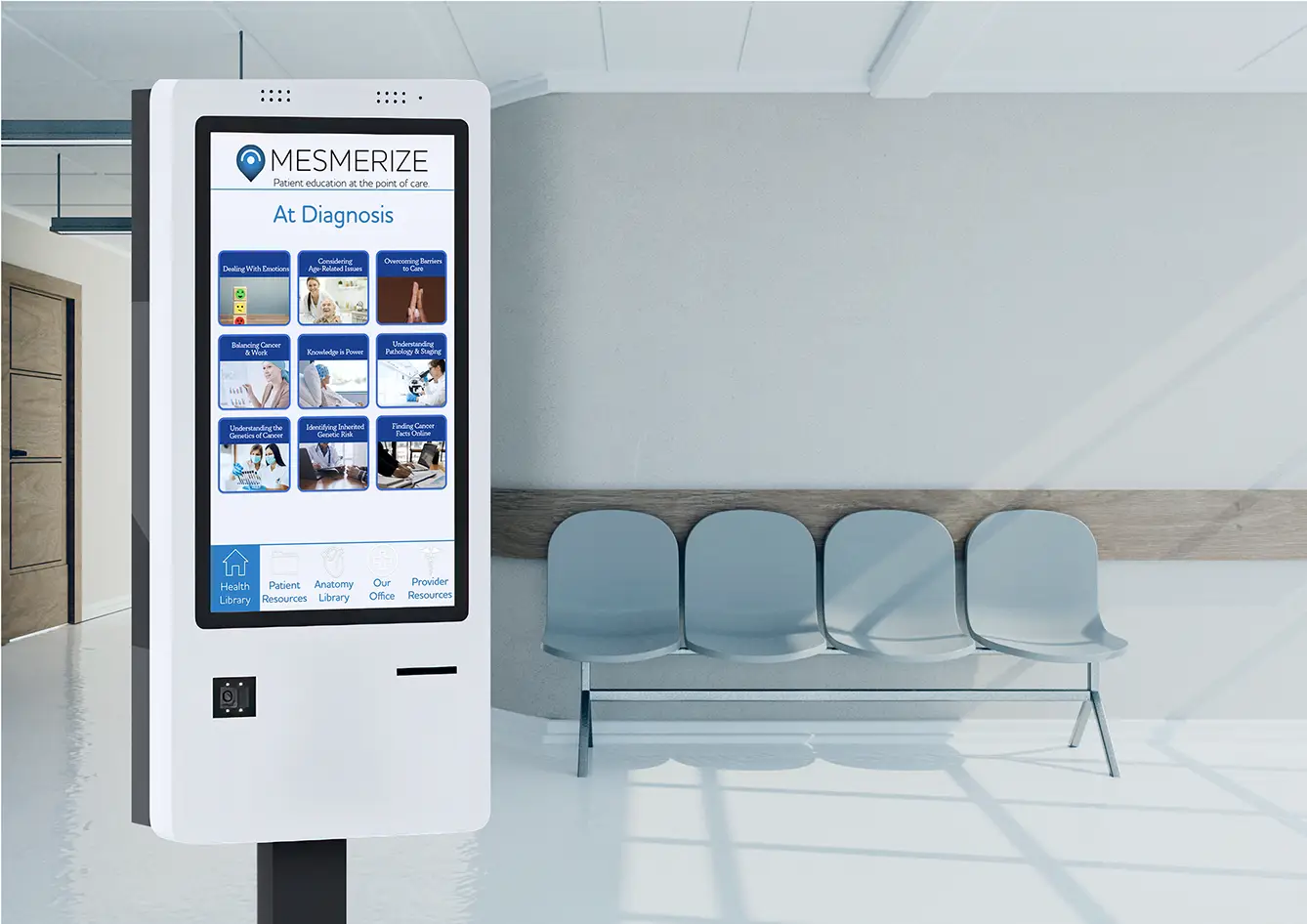
Deploying digital signage in healthcare is a complex technical endeavor, requiring robust infrastructure and seamless integration with existing systems. Below are the key technologies that empower these apps:
Cloud Infrastructure and Remote Management
Modern digital signage software relies on cloud-based content management systems to control displays across multiple endpoints. This centralization allows hospital IT teams to update content in real time, schedule announcements, and monitor device health—all from a single web interface. Cloud-based management is especially beneficial in healthcare, where facilities often operate hundreds of screens in disparate locations.
Integration with Healthcare IT Systems
Integration is at the heart of digital signage. Healthcare facilities often require digital signage to pull data directly from internal systems such as electronic health records (EHRs) or appointment scheduling software. Standard protocols like HL7 or FHIR enable this seamless connection, ensuring that the right information is displayed at the right time—without manual intervention. Such integrations can automatically update patient room boards, display surgical schedules, or even refresh wayfinding directories based on real-time data.
IoT Connectivity and Interactive Kiosks
IoT technology further enhances the capabilities of digital signage. In healthcare, sensors and interactive kiosks can make displays responsive to environmental cues. For example, occupancy sensors may trigger digital signage to display wait times in crowded areas, while interactive kiosks can facilitate self-check-in processes for patients. This interactivity transforms digital signage from a one-way broadcast medium into a dynamic, responsive tool that enhances user experience.
Security and Compliance
Security is a paramount concern in healthcare technology. Digital signage software must meet stringent regulatory standards, including HIPAA compliance in the U.S. Robust encryption protocols, hardened operating systems, and network segmentation are essential for safeguarding sensitive information. These measures ensure that digital signage systems not only enhance operational efficiency but also do so without compromising patient data or system integrity.
TelemetryTV’s Cloud-Based Digital Signage Software in Healthcare

Among the myriad digital signage solutions available, TelemetryTV stands out for its comprehensive digital signage software, particularly its Custom Apps feature. TelemetryTV’s offering is designed to address the specific challenges of healthcare facilities by combining ease of use with technical robustness.
Comprehensive Content Management
TelemetryTV’s digital signage software enables healthcare organizations to control what appears on each display from a centralized web interface. Whether it’s a real-time emergency alert, patient education content, or internal staff communications, the software supports a wide range of media types—including images, videos, and document files. This flexibility ensures that hospitals can tailor their content to meet the needs of different departments and audiences.
Custom Apps and Developer Tools
A distinctive feature of TelemetryTV is its ability to create custom digital signage applications. Leveraging modern DevOps practices, healthcare IT teams can develop bespoke digital signage apps using familiar web technologies such as HTML, JavaScript, and CSS. These custom apps can pull data from hospital IT systems, offer interactive features like digital wayfinding or patient check-in kiosks, and integrate seamlessly with the broader digital signage network. The development process is streamlined through Git integration and Docker containerization, ensuring that updates are rapidly deployed while maintaining high standards of security and reliability.
Conclusion and Next Steps
Digital signage apps are redefining communication in healthcare facilities. By providing engaging, real-time information, these apps not only enhance patient education and satisfaction but also improve internal workflows and emergency responsiveness. Technical innovations—such as cloud-based management, robust API integrations, Docker containerization, and IoT connectivity—enable healthcare providers to implement systems that are both agile and secure.
TelemetryTV’s digital signage software exemplifies how technology can be harnessed to address the evolving needs of modern healthcare. Its Custom Apps feature empowers IT teams to tailor solutions that integrate directly with hospital systems, ensuring that every screen—from a lobby display to an interactive kiosk—serves a precise purpose. The technical depth behind TelemetryTV’s solution, coupled with its ease of deployment, makes it a compelling choice for healthcare administrators seeking to modernize their communication infrastructure.
Transform Healthcare with Smart Digital Signage
Elevate patient care and boost efficiency with interactive digital signage. Trusted by leading institutions, TelemetryTV delivers data-driven solutions that transform healthcare communication.
Request a Demo


